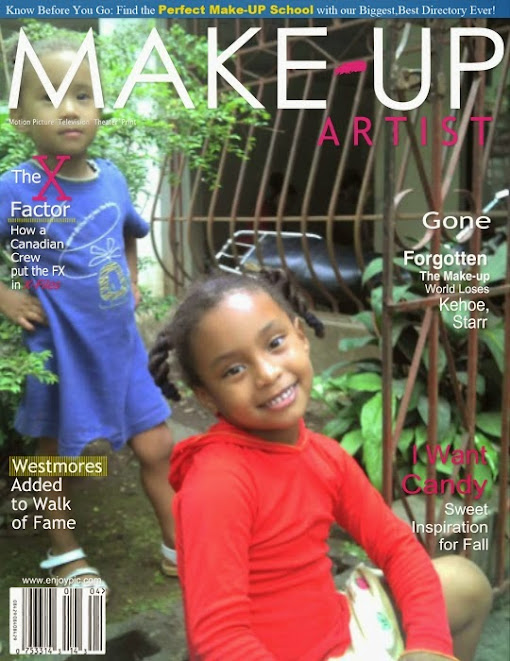| The Apple iPad is examined after its unveiling at the Moscone Center in San Francisco, Wednesday, Jan. 27, 2010. |
SAN FRANCISCO (AP) -- After just an hour with an iPad, I came away with a preliminary verdict: Despite some flaws, this is one slick device.
Steve Jobs intrigued me in his slow, showman-like presentation Wednesday when he said the $499-and-up iPad is "so much more intimate than a laptop and so much more capable than a smart phone." The comparison to an iPhone makes sense, given the minimalist silver-and-black style of the iPad.
The first thing I wanted to do when I held it was browse the Web and check out the iPad's on-screen keyboard. My favorite Web sites looked great on its crisp screen, which is 9.7 inches on the diagonal - while the iPhone is just 3.5 inches. When you hold the iPad with the wider side down, in landscape mode, it's nearly big enough for touch typing - an improvement over the way that the iPhone's cramped keyboard sometimes causes errors.
As on the iPhone, the iPad's screen is extremely responsive to finger swipes and taps, which made it easy to scroll through Web sites like Facebook and select photos and articles I wanted to read on news sites.
It also seems like it would be a great way to read a book, curled up on my couch. The iPad comes with Apple's new iBook software, which opens up to reveal a realistic-looking wooden bookshelf stocked with all the titles in your e-book collection.
Click on a book cover, and the book will open. You can read one page at a time in portrait mode, or, turn the iPad to either side and it will show you two pages of text. The screen is sharp and the pages turn crisply, more like a real book than on electronic ink screens found on devices like the Kindle.
Like Amazon.com Inc. did for its Kindle, Apple is rolling out its own online bookstore, iBookstore, that can be used to download books straight to the iPad.
I had fun checking out videos and photos on the iPad, too. You can watch high-definition clips on YouTube, and they looked great magnified on the iPad's screen. It was simple to scroll through photos, and I could imagine enjoying sharing a slideshow with accompanying music piped out of the iPad's small built-in speakers.
A glance at the device's music player showed a simple-looking interface that was easy to navigate. I probably wouldn't use an iPad as my main music player - I'm guessing it wouldn't do well strapped to my arm during a run - but I would like to use it to listen to music while reading a book.
I quickly noticed some limitations, though. The iPad's operating software is based on that of the iPhone, so it, too, does not support Flash animation. This means you can't watch videos on some Web sites like Hulu - a big negative for something with such a pretty screen.
And the pretty screen can't make everything look great. Apple said that nearly any of the more than 140,000 applications available through its App Store will work on the iPad, and you can either view them in their original small size in the center of the screen or magnified. I tried the magnified version on several apps and it was simply too pixelated to bear. This may get better soon, though, as Apple is releasing updated tools so software developers can build applications for the iPad.
If you want to use a keyboard with the iPad for, say, writing the next great American novel, you'll have to buy a special keyboard that doubles as a charging dock. (Apple announced this accessory but did not reveal its price or availability.)
Overall, though, I was impressed by the iPad in the short time we had together. I can't yet say if I'll be among the first in line to buy one, but I'm definitely looking forward to playing with it some more.
A version that includes 16 gigabytes of flash memory will cost $499 when it comes out in March. Models with 32 gigabytes or 64 gigabytes will cost $599 and $699. These will go online in Wi-Fi hot spots only. For broader connectivity on AT&T's wireless network, Apple expects to start selling models in April that cost $130 more.









